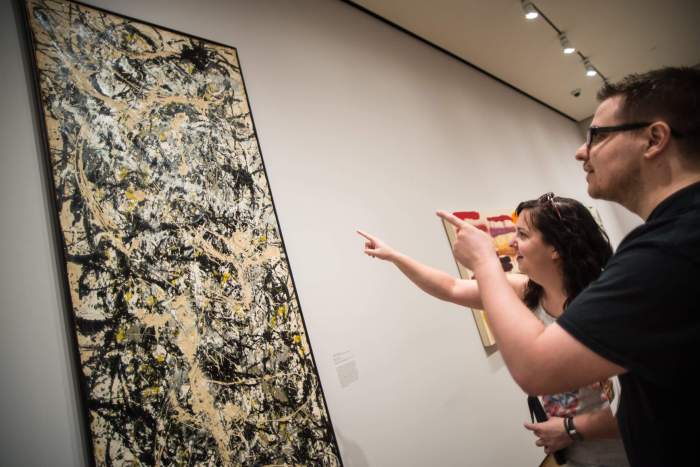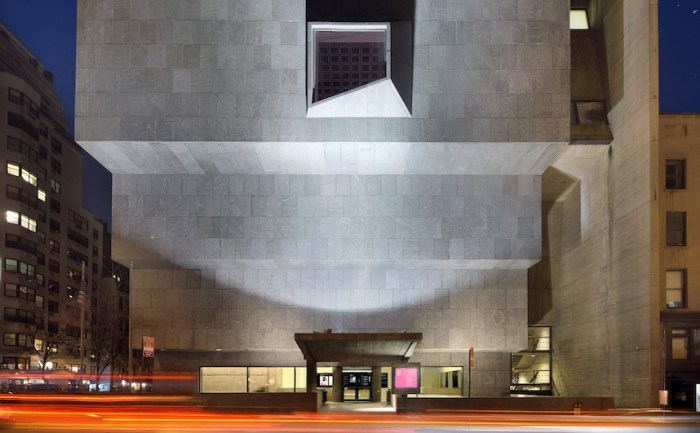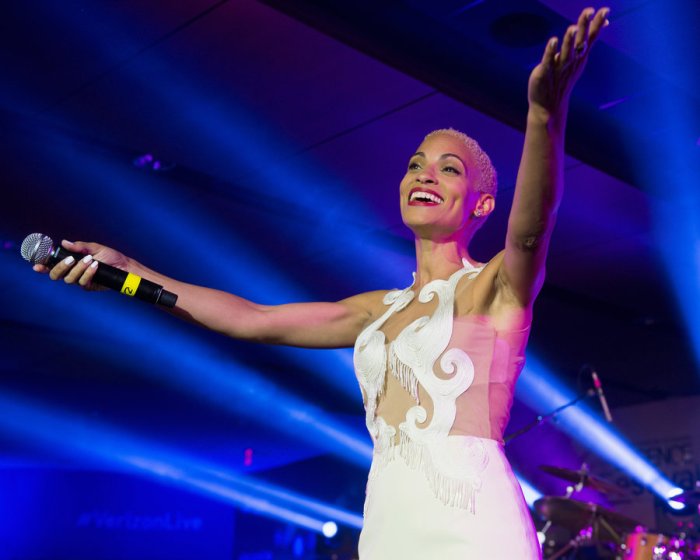New York City seems almost like a modern myth, an urban landscape of ever-growing skyscrapers populated by larger-than-life characters real and fictional, the “greatest city in the world” and the ultimate symbol of success for both Frank Sinatra and Jay Z. It’s past time to bring the city back to reality, which is what the Museum of the City of New York has done with its first permanent exhibit, “New York at Its Core,” opening Nov. 18. “New York’s history shows us that it wasn’t a foregone conclusion that this tiny outpost was destined to be one of world history’s most significant places, a laboratory for values like tolerance, opportunity, cross-fertilization of different cultures and dense urban life,” says Sarah Henry, chief curator of the museum. “But it did turn out this way, thanks to the vision and the struggles of generations of people who came before us.” RELATED: Look inside Alamo Drafthouse Brooklyn, the movie theater that’s also a museum The resulting exhibit is less a historical record and more of a social one that begins with the Lenape tribe who opened trade with Dutch colonists in the early 1600s to the unprecedented challenge of Hurricane Sandy in 2012, and invites guests to plan what comes next. Through three galleries housing 450 objects, digital maps, iPad-like kiosks where you can swipe to meet famous and forgotten characters in the city’s history, watch videos and play video games, “New York at Its Core” traces 400 years of history without flinching at its uglier parts. A unique beginning
You might be tempted to skim or even skip the first gallery, which covers the history of the city from the time when it was settled by the Lenape tribe until 1898, when the five boroughs voted to unite into Greater New York. But you’d miss gems like early prototypes of the Statue of Liberty, an eye-level view of John Trumbull’s famous portrait of Alexander Hamilton, why pigs deserve their own chapter, and finding out just how alike this city was at the time of its founding as New Amsterdam and now. “The city was founded by the Dutch as a moneymaking center, not a religious refuge like Boston and Philadelphia,” co-curator Steven H. Jaffe points out. Unfortunately for their new territory, the Dutch already had the most prosperous economy in Europe, so getting people to take a perilous voyage to what they called the “howling wilderness” wasn’t an easy sell. But because they needed colonists to pay taxes and become soldiers, everyone was welcome. “Manhattan island allegedly had 18 languages spoken on it by the 1640s, within 20 years of the first settlement,” says Jaffe. “It’s always been the place to go and try to reinvent yourself and make a better life.” Forged by conflict
“We expected that certain ideas or myths about New York would be shattered in this exhibit,” says co-curator Hilary Ballon. “An overarching goal of the exhibition was to recognize the friction in the city, not just to champion and celebrate its wonderful features.” Throughout the city’s turbulent history, the resilience of its people held it together. The crime-ridden period of the 1970s when New York spiraled into debt and deep cuts to social services made life unsafe was also when disco music gave rise to clubs like the iconic Studio 54 and community art projects and gardens flourished because of cheap property prices. But the boom times weren’t happy for everyone: It was during the city’s gilded age in the 1980s that homelessness and the AIDS crisis both grew unchecked. In the Future City Lab, visitors are confronted with stats not usually found outside of official meetings like poverty rates and which industries employ New Yorkers (the largest isn’t finance). It also uses photos depicting daily life in the working-class neighborhoods beyond Manhattan that tourists may not even know exist in the same city. “It’s also a way to bring a human dimension,” says Future City Labs director Kubi Ackerman. “These pictures show people going about their daily lives, it’s really a way to humanize some of the challenges.” Shape the future
Every New Yorker has their own ideas about how to make the city better. In the exhibit’s Future City Lab, you can test out your theories by virtually creating a park, designing a street or building a new residential complex. Because this is New York, as you drag and drop plants, pedestrian bridges and microapartment buildings into real neighborhoods around the city, people will walk through your landscape and either praise your work (“The future is about efficiency”) or criticize it (“Where am I going to fit my foosball table?”). You’ll be measured on how well you factored in issues like mobility and whether you’ll bankrupt the city with your urban vision — this is meant to be a real exercise. When you’re done, step inside the world you’ve created on a giant interactive screen. “If you’re interested in some of these big questions, it shows that there are trade-offs,” explains Ackerman. “These concepts aren’t just abstract.” For the rest of the best entertainment in New York City this season, visit our Winter Arts Guide























